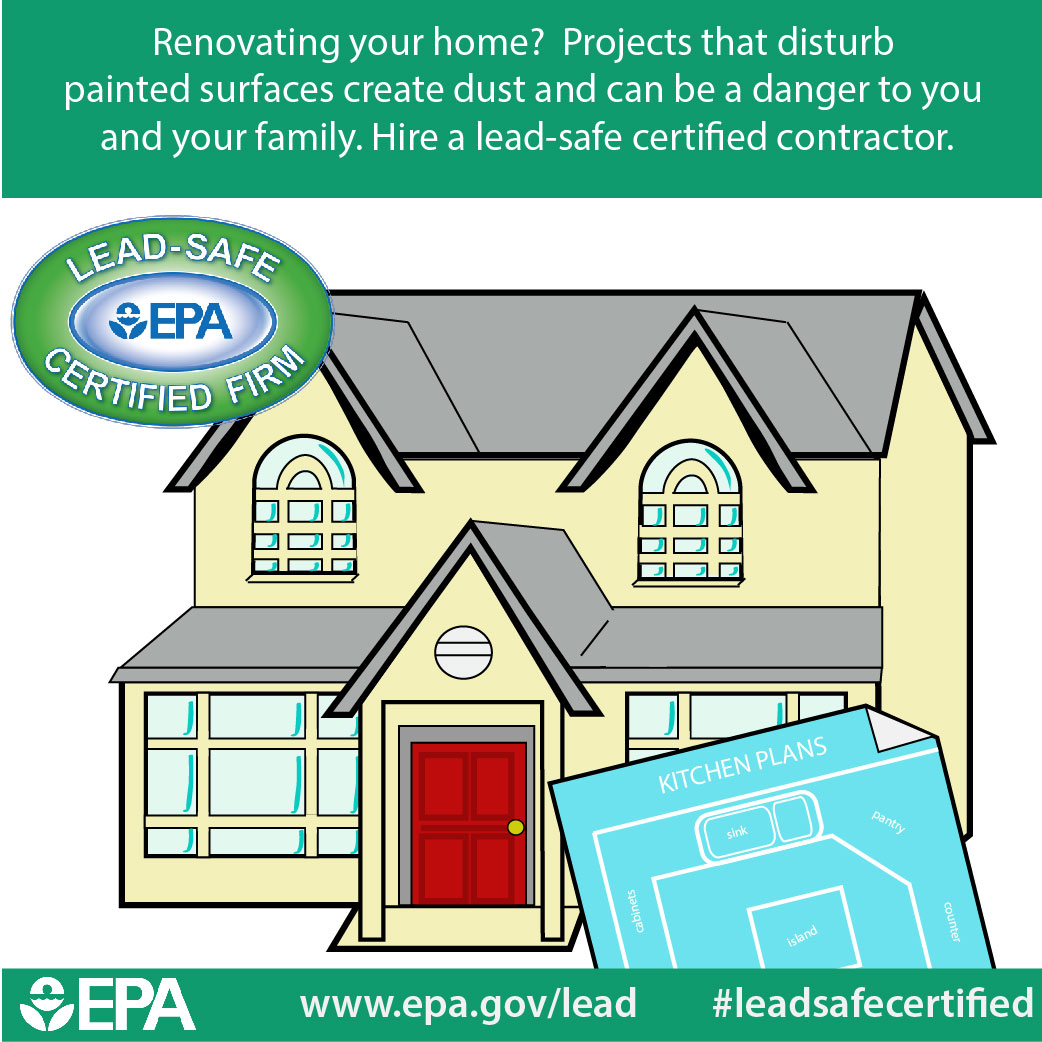Check Out The Role Of Seasonal Consider The Success Of Commercial Exterior Painting And Reveal The Most Effective Times To Protect Long Lasting Results For Your Project
Check Out The Role Of Seasonal Consider The Success Of Commercial Exterior Painting And Reveal The Most Effective Times To Protect Long Lasting Results For Your Project
Blog Article
Created By-Leach Rodriquez
When you're preparing a business exterior paint task, seasonal elements can make or damage your results. You'll wish to consider just how temperature level and moisture influence paint application and drying times. Picking the best period can guarantee your paint sticks properly and lasts longer. Yet which seasons are absolutely the very best for this kind of work? Let's discover the key elements that can influence your project's success.
The Impact of Temperature on Paint Application
When you're preparing a commercial outside paint project, the temperature can significantly influence how well the paint sticks and dries.
Preferably, you want to repaint when temperatures vary in between 50 ° F and 85 ° F. If it's too cold, the paint might not heal correctly, leading to problems like peeling or breaking.
On the other hand, if it's also hot, the paint can dry as well rapidly, preventing proper attachment and leading to an uneven finish.
You need to also take into consideration the moment of day; morning or late afternoon supplies cooler temperature levels, which can be much more positive.
Always check the maker's referrals for the particular paint you're using, as they frequently provide assistance on the excellent temperature level variety for optimal outcomes.
Humidity and Its Effect on Drying Times
Temperature isn't the only ecological factor that affects your industrial outside paint job; moisture plays a considerable duty also. informative post can slow down drying out times significantly, impacting the total high quality of your paint job.
When the air is filled with moisture, the paint takes longer to treat, which can cause problems like bad adhesion and a greater threat of mildew development. If cabinet refinishing golden valley on a particularly damp day, be planned for extensive wait times in between layers.
It's crucial to monitor regional climate condition and strategy as necessary. Ideally, aim for moisture degrees between 40% and 70% for optimum drying out.
Maintaining these factors in mind ensures your project stays on track and provides a long-term surface.
Best Seasons for Commercial Exterior Painting Projects
What's the very best season for your industrial external painting tasks?
Spring and very early autumn are typically your best choices. Throughout these seasons, temperature levels are light, and moisture degrees are usually lower, developing optimal problems for paint application and drying.
Stay clear of summer's intense heat, which can cause paint to dry too swiftly, resulting in inadequate attachment and coating. Similarly, winter's cold temperature levels can impede proper drying and treating, running the risk of the longevity of your paint work.
Aim for days with temperatures between 50 ° F and 85 ° F for ideal outcomes. Keep in mind to check the regional weather report for rain, as wet problems can destroy your project.
Planning around these elements ensures your painting task runs smoothly and lasts much longer.
Conclusion
To conclude, intending your commercial external paint jobs around seasonal factors to consider can make a considerable distinction in the result. By scheduling job during the perfect temperature levels and humidity degrees, you'll ensure much better bond and drying times. Bear in mind to keep an eye on local weather prediction and pick the correct time of year-- spring and early loss are your best choices. Taking these actions will certainly assist you accomplish a sturdy and professional coating that lasts.
